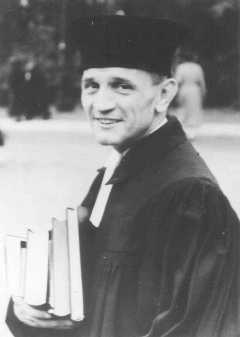World War I was a major conflict fought between 1914 and 1918. Other names for World War I include the First World War, WWI, the War to End All Wars, and the Great War.
Who fought in World War I?
World War I was fought between the Allied Powers and the Central Powers. The main members of the Allied Powers were France, Russia, and Britain. The United States also fought on the side of the Allies after 1917. The main members of the Central Powers were Germany, Austria-Hungary, the Ottoman Empire, and Bulgaria.
Where was most of the fighting?
The majority of the fighting took place in Europe along two fronts: the western front and the eastern front. The western front was a long line of trenches that ran from the coast of Belgium to Switzerland. A lot of the fighting along this front took place in France and Belgium. The eastern front was between Germany, Austria-Hungary, and Bulgaria on one side and Russia and Romania on the other.
How did it start?
Although there were a number of causes for the war, the assassination of Austrian Archduke Franz Ferdinand was the main catalyst for starting the war. After the assassination, Austria declared war on Serbia. Then Russia prepared to defend its ally Serbia. Next, Germany declared war on Russia to protect Austria. This caused France to declare war on Germany to protect its ally Russia. Germany invaded Belgium to get to France which caused Britain to declare war on Germany. This all happened in just a few days.
Major Battles
A lot of the war was fought using trench warfare along the western front. The armies hardly moved at all. They just bombed and shot at each other from across the trenches. Some of the major battles during the war included the First Battle of the Marne, Battle of the Somme, Battle of Tannenberg, Battle of Gallipoli, and the Battle of Verdun.
How did it end?
The fighting ended on November 11, 1918 when a general armistice was agreed to by both sides. The war officially ended between Germany and the Allies with the signing of the Treaty of Versailles.
Interesting Facts about World War I
More than 65 million men fought in the war.
Dogs were used in the trenches to carry messages. A well-trained messenger dog was considered a very fast and reliable way to carry messages.
It was the first major war where airplanes and tanks were used.
Ninety percent of the 7.8 million soldiers from Austria-Hungary who fought in the war were either injured or killed.
When the British first invented tanks they called them "landships."
The terrorist group responsible for assassinating Archduke Ferdinand was called the Black Hand.
Famed scientist Marie Curie helped to equip vans with x-ray machines that enabled French doctors to see bullets in wounded men. These vans were called "petites Curies", meaning "little Curies."
http://www.ducksters.com/history/world_war_i/



